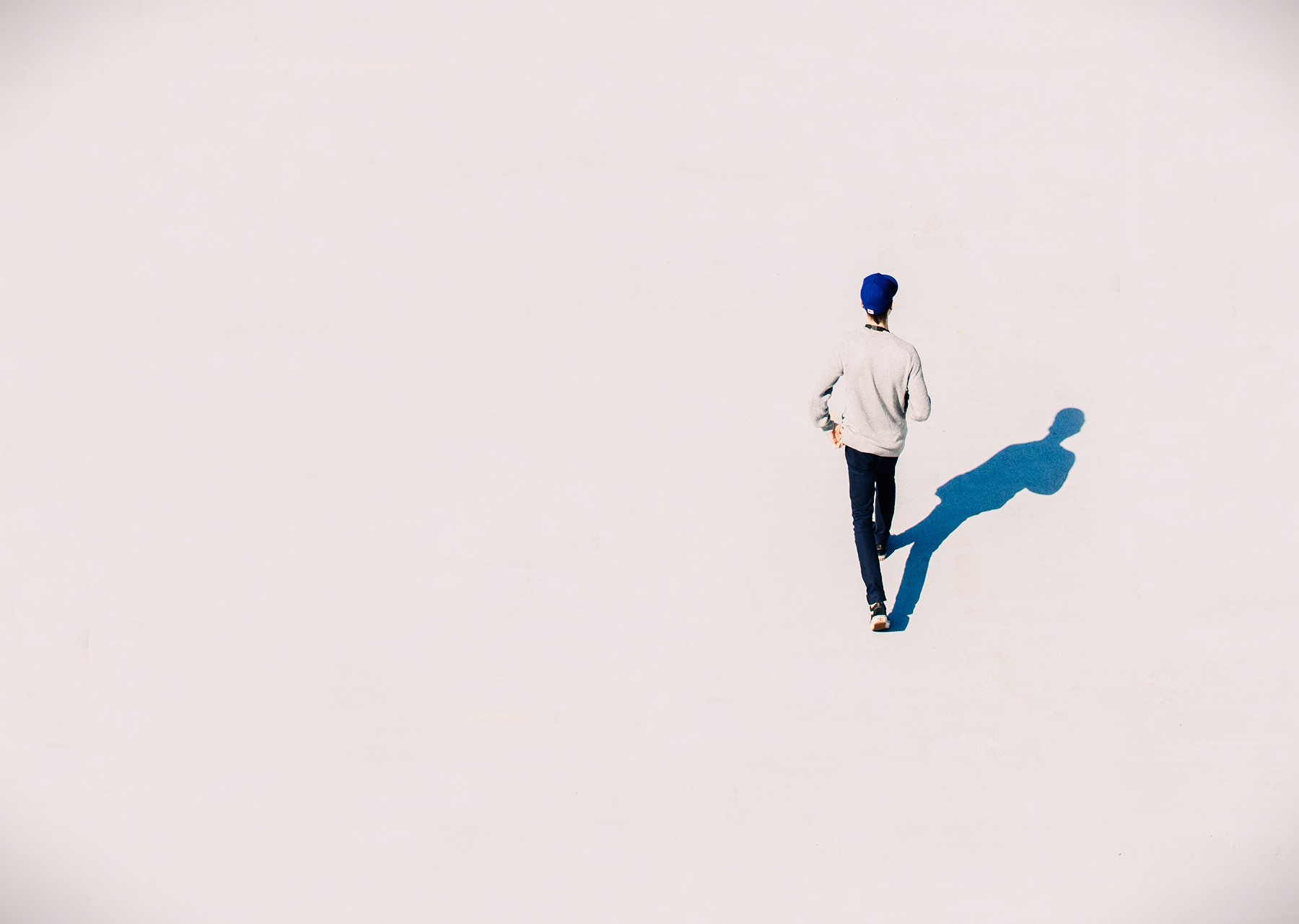
Betzalel was appointed to manage the construction of the Mishkan (The Holy Tabernacle), both the building and its vessels. When Moshe (Moses) related the instructions from G-d on how to build the Mishkan, he began by describing the Holy Ark, continued with the other vessels, and finished with the building itself, thus implying that this was the order in which they would be built. The Talmud records that as Betzalel prepared to begin the project, he questioned this timeline. He said, “People usually first build their house, and afterwards put their furniture and belongings inside.” Moshe conceded, “Yes, you’re right. That’s exactly how I heard it from G-d. Your name is Betzalel, a contraction of ‘B’tzail – Kel – in the shadow of G-d’ because that’s exactly what G-d commanded me.” And Betzalel went on to make the building first, followed by the vessels. (See Talmud Berachos 55a, also in Rashi Ex 38:22)
Of course, this exchange is troubling — if Moshe heard from G-d that the building should be constructed first, why did he deviate from his instructions, and relate that the Ark and vessels should be first? Also, what is the meaning of the curious expression, “in the shadow of G-d?”
Rabbi Moshe Sofer zt”l (the Chasam Sofer, 1762-1839) explains that G-d related to Moshe first the vessels, and then the building, because the Mishkan was a means of G-d bringing His holiness to earth, as it were. The Mishkan, and the Bais HaMikdash (the Holy Temple in Jerusalem) are known as the “House of G-d.” Coming down from the great holiness above to this world means going from greater to lesser holiness. As a result, G-d began His instructions with the element of the Mishkan that had greatest holiness, the Holy Ark, followed by the vessels, and then the element with lesser holiness, the building itself.
Betzalel understood that this was only from G-d’s perspective. As Betzalel’s name connotes, he is in the shadow of G-d. Just as a shadow is a reverse silhouette of a person’s body, the shadow begins from his feet and extends outwards to the head, so too our perspective is reversed. That is, when we ascend towards G-d, we begin with the least holy, and grow towards that which is greater in holiness.
As a result, our building of the Mishkan should be reversed. First we build that which is least holy, namely the structure, and then proceed upwards in holiness to the vessels, and finally to the Ark.
This is an example of the Talmudic axiom (see Menachos 39a), “Maalin B’Kodesh V’ain Moridin – We rise in holiness, and we do not descend.” We progress, in Mitzvos, towards greater holiness. This is also a powerful message in our spiritual growth: our goal is to grow in our relationship to G-d. Our journey starts at the beginning, and we aim to continue to advance in our Torah learning and Mitzvah observance, step by step, day by day, working to come closer to Him.


